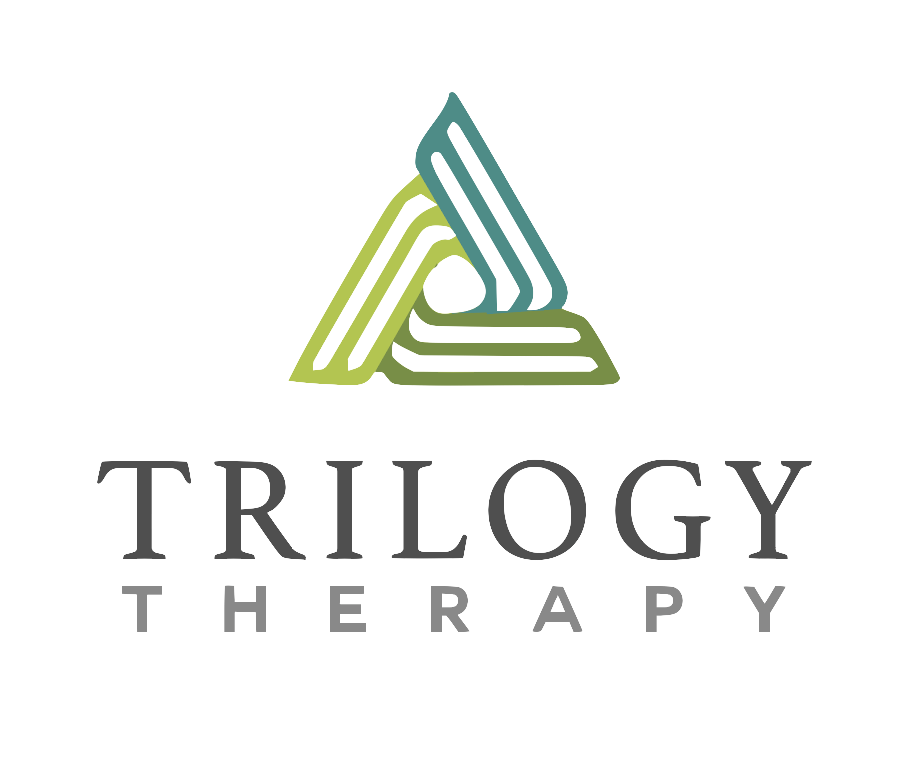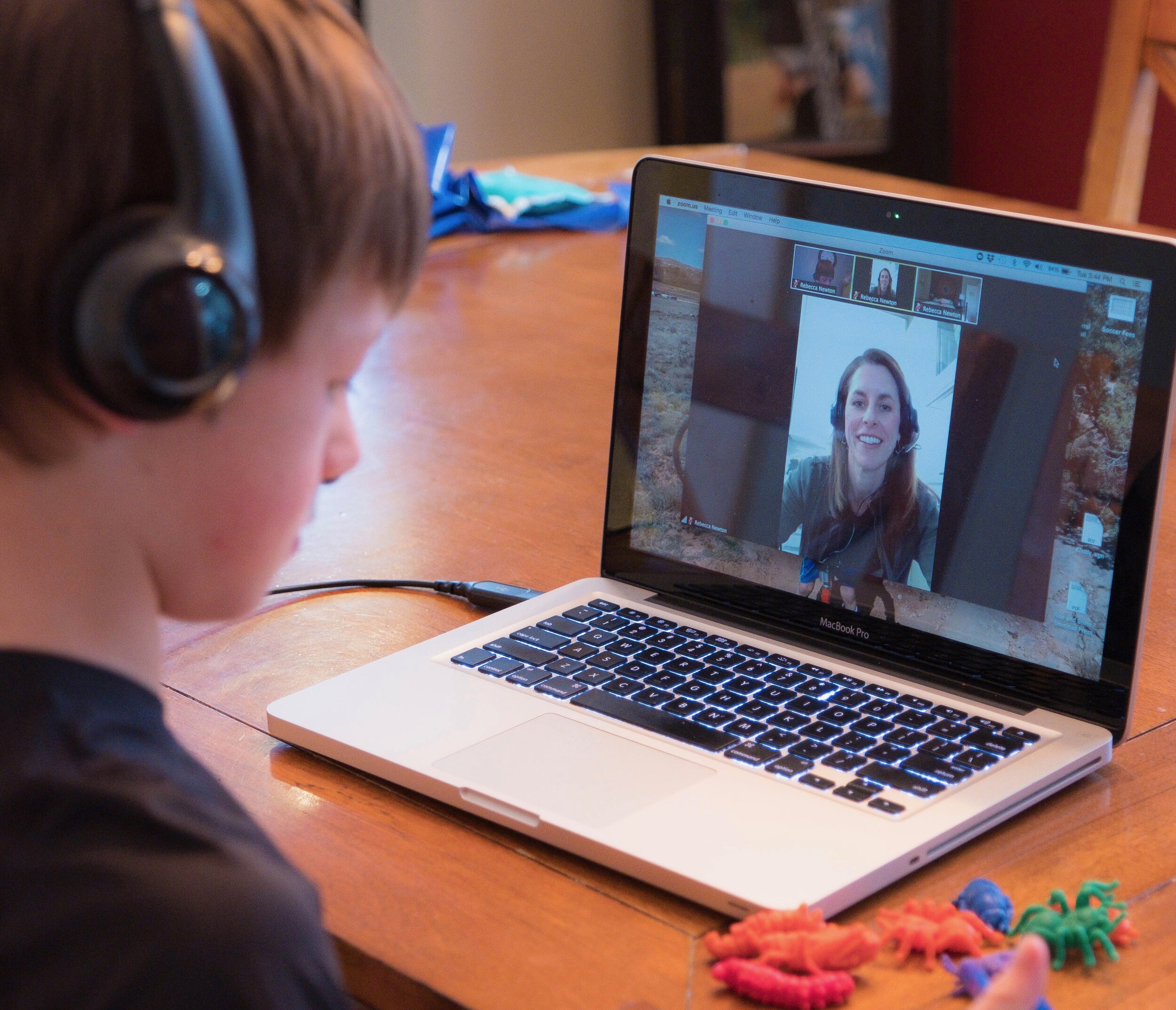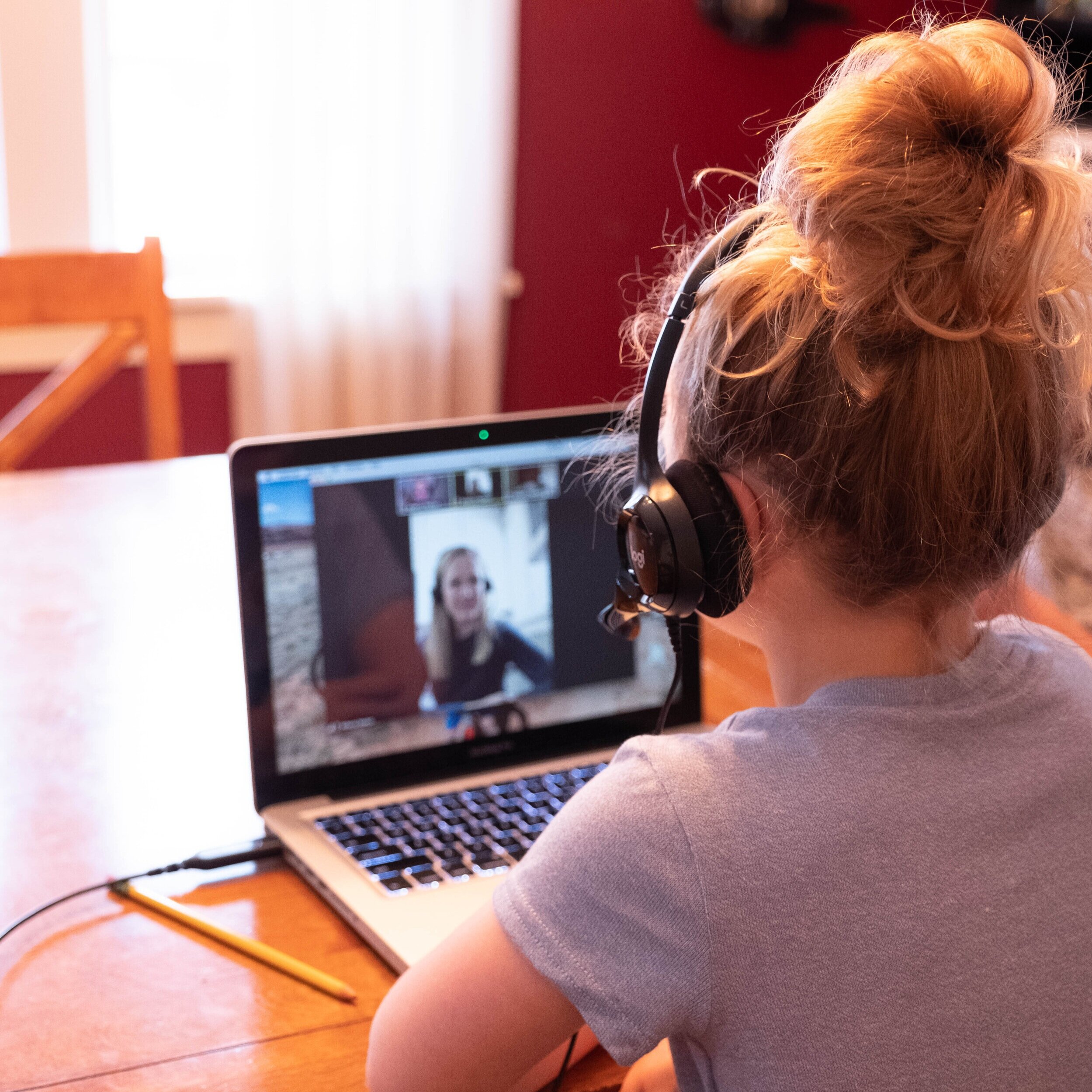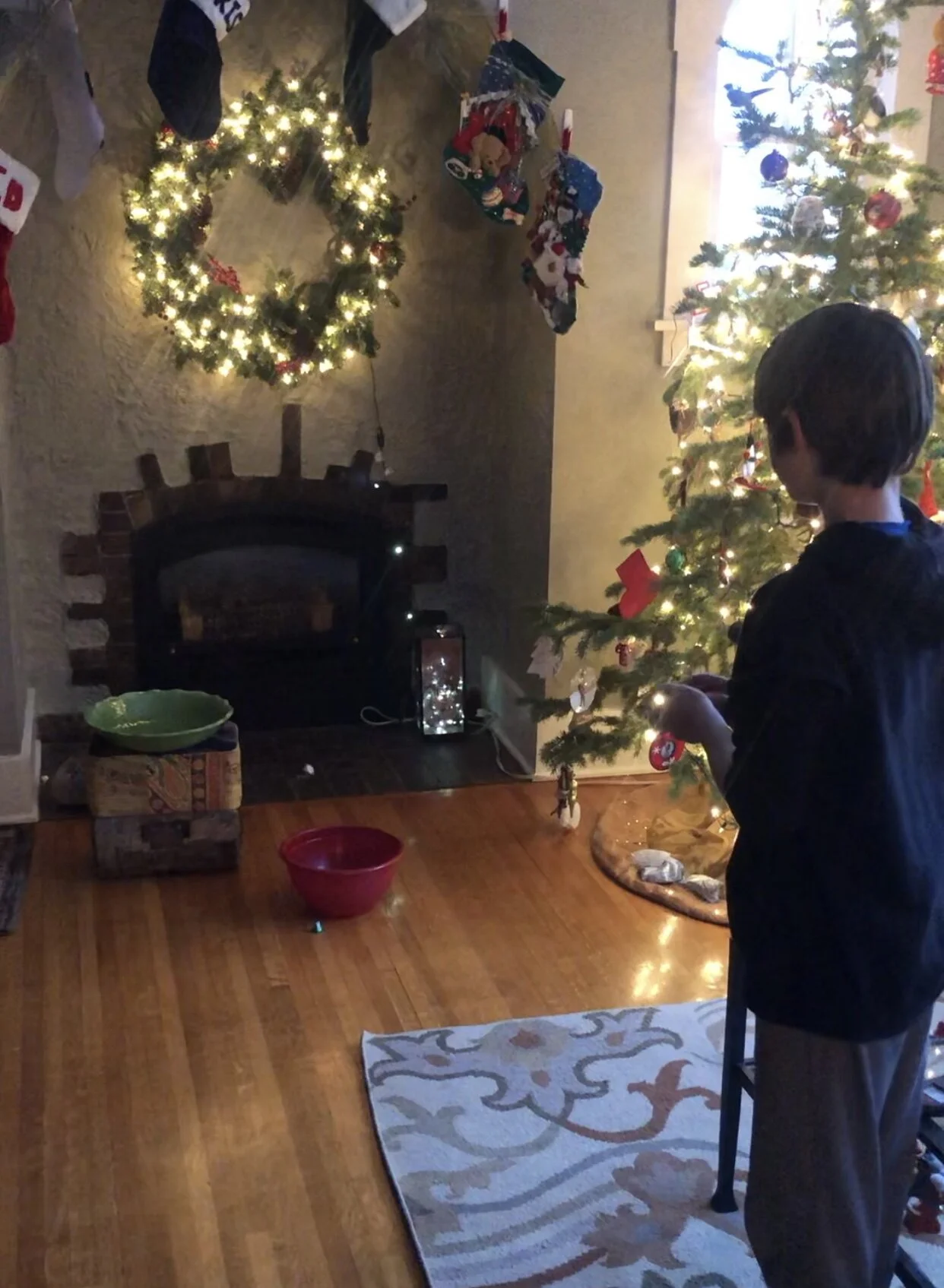It's that time of year again!
/Yellow school buses are on the street, backpacks are on children as they run down the sidewalk and the sound of the school bell rings throughout the neighborhood. It’s that time of year again! Time to get back into the school routine!!!
Getting back into a routine can be a little bit challenging. My friends and I joke that we have until October 1st to figure it out, and until then we give ourselves lots (and lots) of grace! Going to bed and getting up early are half the battle. Adding in after school activities and travel for extracurricular activities for your children as they get older, can really start to be tricky. We want to share with you a few of our ideas on how to transition back into the school routine.
Sticky note weekly calendar
Visuals
Start a family calendar with days and lists of activities on those days. Our family uses a weekly calendar that includes each activity Monday through Friday. This helps our children increase their own independence (they know what is ahead) and plan for the items they will need the next day. It also helps us remember what our children have going on during the week!
Sticky Notes
Use lots of sticky notes with checklists and visual reminders. We place reminders of things each child is responsible for having done and ready before bed. This might include: backpack ready, lunch ready, sport bag ready, homework complete, reading done, etc. This gives an excellent visual and decreases the verbal reminders we have to give to our kids!
Checklists can also help for the morning routine. The lists might include: put on clothes, eat breakfast, brush teeth, shoes on, backpack ready, etc. Again, this decreases verbal reminders and increases independence!
Get Backpacks and Clothes Ready
Have your children get their backpacks ready and pick out clothes the night before. Morning time and morning routines are already crazy enough! This might alleviate some of the stress! Our own kids line their backpacks up next to the door, ready to go, the evening before. One of our children lines out her clothes for each day of the week on Sunday evenings!
Sometimes simple changes in habit can make a big difference for our routine. Remember to give yourself and your family lots of grace, and just like our friends joke… October 1st!!!
As always Trilogy Therapy is here to help. We strive to make access to speech, occupational and physical therapy services accessible to anyone, anywhere. We believe that therapy should have no barriers. Contact us today for all of your therapy needs!





































